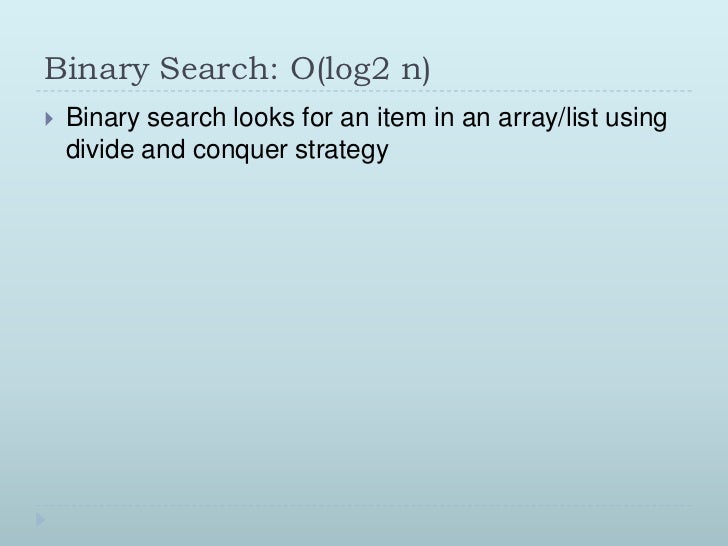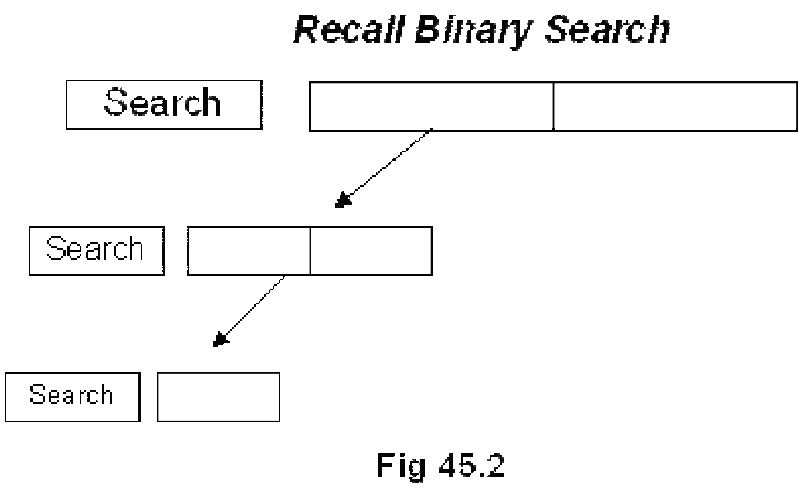Explain divide and conquer strategy with binary search

If you're seeing this message, it means we're having trouble loading external resources on our website. To log in and use all the features of Khan Academy, please enable JavaScript in your browser.
Divide and conquer algorithms. Overview of merge sort.
• Binary Option Robot • Best Trading Software •
Analysis of merge sort. Google Classroom Facebook Twitter Email.
When the size of the input array is large, these algorithms can take a long time to run. In this tutorial and the next one, we'll see two other sorting algorithms, merge sort and quicksort, whose running times are better.
Algoritma Divide and Conquer (binary search).flvHere's a table of these four sorting algorithms and their running times: Both merge sort and quicksort employ a common algorithmic paradigm based on recursion. This paradigm, divide-and-conquer , breaks a problem into subproblems that are similar to the original problem, recursively solves the subproblems, and finally combines the solutions to the subproblems to solve the original problem.
Because divide-and-conquer solves subproblems recursively, each subproblem must be smaller than the original problem, and there must be a base case for subproblems.
data structures - Why is Binary Search a divide and conquer algorithm? - Stack Overflow
You should think of a divide-and-conquer algorithm as having three parts: Divide the problem into a number of subproblems that are smaller instances of the same problem. Conquer the subproblems by solving them recursively. If they are small enough, solve the subproblems as base cases.

Combine the solutions to the subproblems into the solution for the original problem. You can easily remember the steps of a divide-and-conquer algorithm as divide, conquer, combine. Here's how to view one step, assuming that each divide step creates two subproblems though some divide-and-conquer algorithms create more than two: This content is a collaboration of Dartmouth Computer Science professors Thomas Cormen and Devin Balkcom , plus the Khan Academy computing curriculum team.
The content is licensed CC-BY-NC-SA.